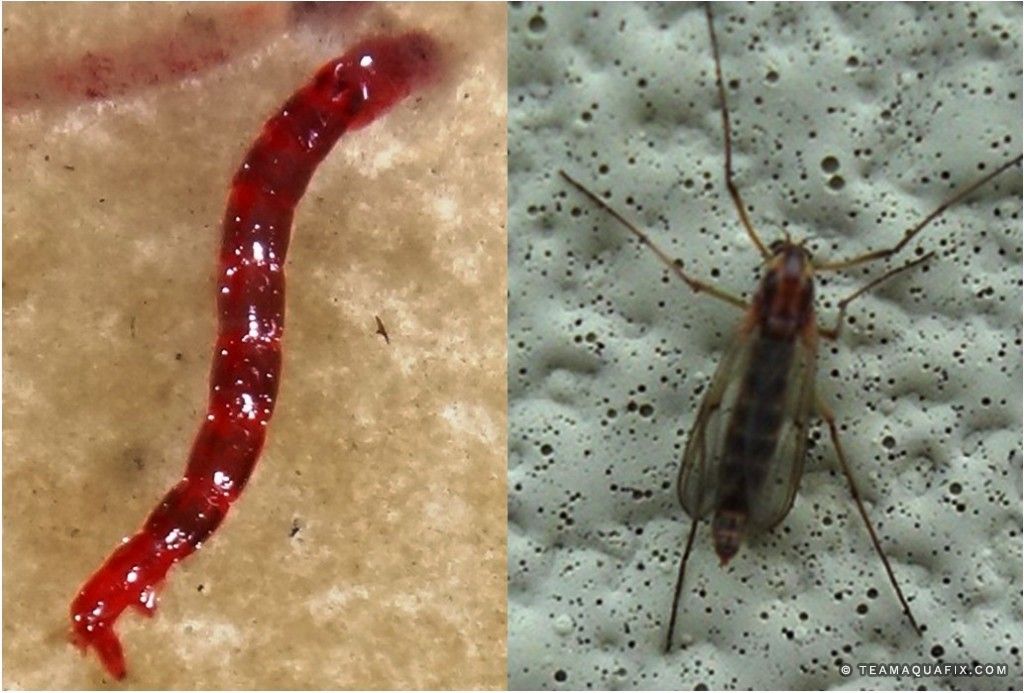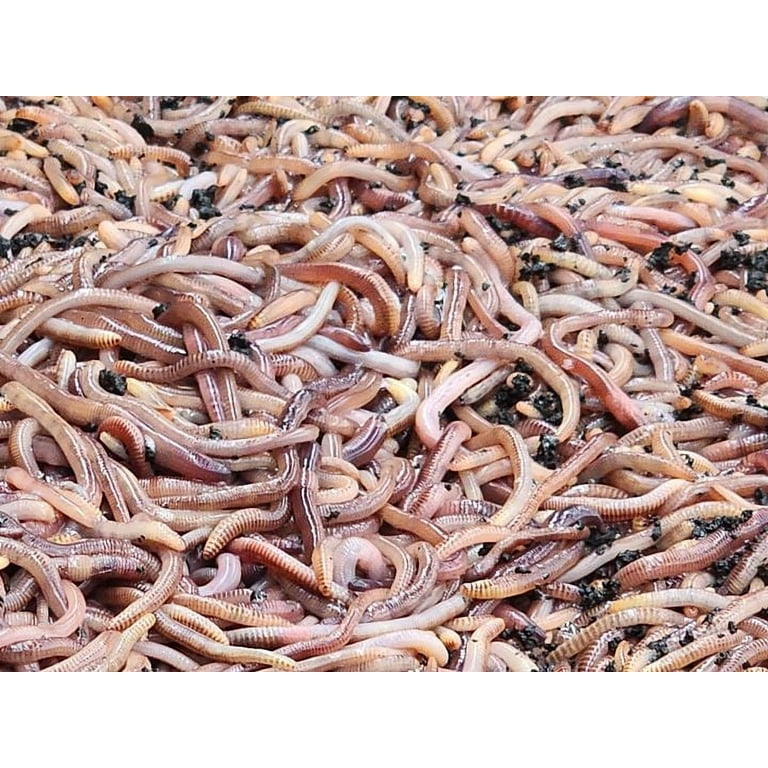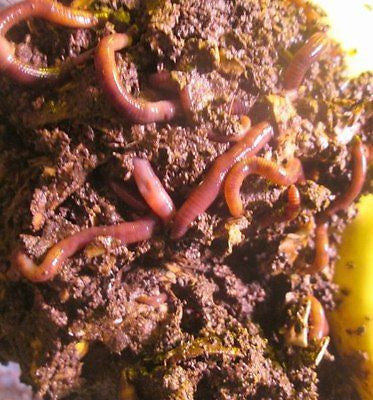The Role of Red Wigglers in Sustainable Gardening
The combination of red wigglers right into sustainable gardening practices offers a compelling method to improving soil health and minimizing organic waste. These organisms not just transform cooking area scraps into nutrient-dense garden compost via vermicomposting yet likewise aerate the dirt, advertising optimal problems for plant development. As they break down complex natural materials, they actively cultivate a growing microbial ecosystem vital for lasting agriculture. However, the effects of using red wigglers extend beyond plain composting; their function fit a much more lasting future warrants a deeper exploration of their advantages and practical applications.
Recognizing Red Wigglers
Red wigglers, medically called Eisenia fetida, are a types of earthworm renowned for their function in sustainable horticulture and composting methods - red wigglers. These worms flourish in breaking down organic matter, making them specifically efficient in converting cooking area scraps and yard waste right into nutrient-rich compost. Unlike standard earthworms, red wigglers have a higher tolerance for differing moisture degrees and can flourish in atmospheres with bountiful organic material
The habitat choices of red wigglers consist of moist, dark environments abundant in organic content, such as garden compost bins or worm ranches. Their eco-friendly function extends past composting; they are essential in aerating the dirt and helping with nutrient biking, which ultimately adds to healthier yard ecological communities. red wigglers. Comprehending the biology and behavior of red wigglers is crucial for those seeking to implement efficient vermicomposting in sustainable horticulture
Advantages of Vermicomposting
Vermicomposting offers numerous advantages that boost sustainable horticulture practices and add to environmental health and wellness. One of the main advantages is the change of natural waste into nutrient-rich compost, which improves dirt framework and fertility. The castings generated by red wigglers are packed with valuable bacteria and crucial nutrients, making them an exceptional all-natural fertilizer.
Furthermore, vermicomposting significantly decreases landfill waste. By diverting kitchen area scraps and backyard waste from landfills, this method not just minimizes methane emissions-- a potent greenhouse gas-- yet additionally promotes a circular economic situation, where waste is repurposed as a source.
Another advantage is the enhancement of dirt oygenation and water drainage (red wigglers). The burrowing task of red wigglers creates channels in the soil, enabling air and water to permeate even more conveniently, hence cultivating a much healthier root system for plants
Moreover, vermicomposting can be done on a small range, making it obtainable for urban gardeners and those with limited space. This method encourages environmental stewardship and awareness, as individuals become more engaged with their waste management practices. Ultimately, vermicomposting stands for a lasting, reliable, and eco-friendly approach to horticulture that profits both plants and the world.
Exactly How to Start Vermicomposting
Starting your very own vermicomposting system can be a fulfilling undertaking that improves your sustainable gardening techniques. To start, choose a suitable container, such as a plastic bin or wood box, with great drain and ventilation. The dimension will depend on the quantity of cooking area scraps you produce; a bin of 10-14 gallons typically is adequate for a family.
Next, prepare the bed linens product. Shredded newspaper, cardboard, and coconut coir are excellent choices, offering a comfy environment for the red wigglers. Go for a bed linens depth of about 4-6 inches, which must be moist yet not soggy.
As soon as the bed linen is established, present your worms. Red wigglers (Eisenia fetida) are the most appropriate for composting. Start with about one pound of worms for every single 2-3 pounds of cooking area scraps weekly.
Begin adding cooking area waste, avoiding meat, milk, and oily foods, as these can attract bugs and create odors. Regularly keep an eye on the bin's wetness degrees and temperature, ensuring it continues to be within the perfect array for worm activity. With these preliminary steps, you'll be well on your method to creating nutrient-rich garden compost for your yard.
Maintaining a Healthy Worm Container
A thriving worm bin calls for consistent care and interest to keep an optimal environment for the red wigglers. Secret variables to monitor include wetness degrees, temperature level, and food supply. Maintaining a moisture level similar to a wrung-out sponge is critical; too much water can result in anaerobic problems, while insufficient can dry out the worms.
Temperature level is additionally crucial, as red wigglers flourish in a series of 55 to 77 levels Fahrenheit. Extreme temperature levels can worry the worms, possibly causing death. Putting the container in a climate-controlled area or using protecting materials can help control temperature changes.

Lastly, aeration is essential. On a regular basis turning the bed linen and making use of a fork or shovel can avoid compaction and advertise air movement, guaranteeing a healthy and balanced, thriving atmosphere for the red wigglers. By sticking to these practices, gardeners can preserve an effective worm bin that supports sustainable horticulture initiatives.
Impact on Soil Wellness
Enhancing dirt health with using red wigglers is a basic aspect of sustainable gardening. These worms, recognized medically as Eisenia fetida, play an essential function in enhancing dirt framework and fertility. By eating raw material, red wigglers break down complex materials into easier compounds, a process called vermicomposting. The end product, worm castings, is rich in necessary nutrients, consisting of nitrogen, phosphorus, and potassium, which are essential for plant development.


Verdict
To conclude, red wigglers substantially add to lasting horticulture through their effective vermicomposting methods. Their capability to transform natural waste right into nutrient-rich garden compost boosts dirt fertility and supports a diverse microbial environment. Their burrowing activity boosts dirt oygenation and water retention, profiting plant wellness. By advertising waste decrease and promoting a circular economic climate, red wigglers become necessary elements in environment-friendly horticulture efforts, highlighting their important role in ecological sustainability.
Comments on “Top-quality red worms: For organic waste solutions”